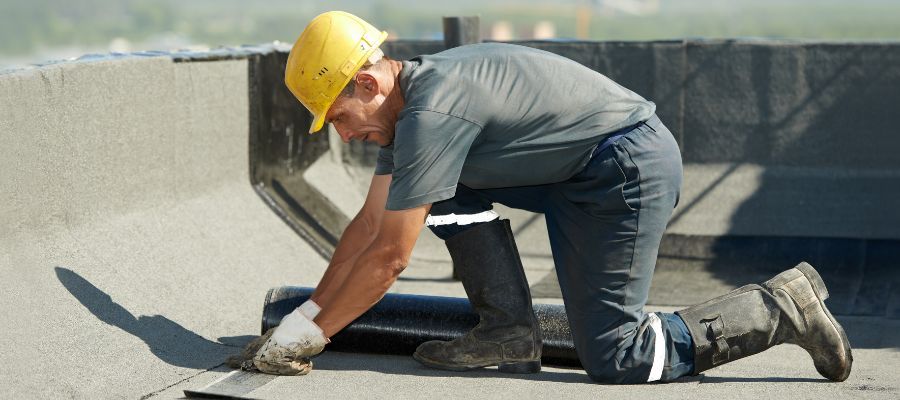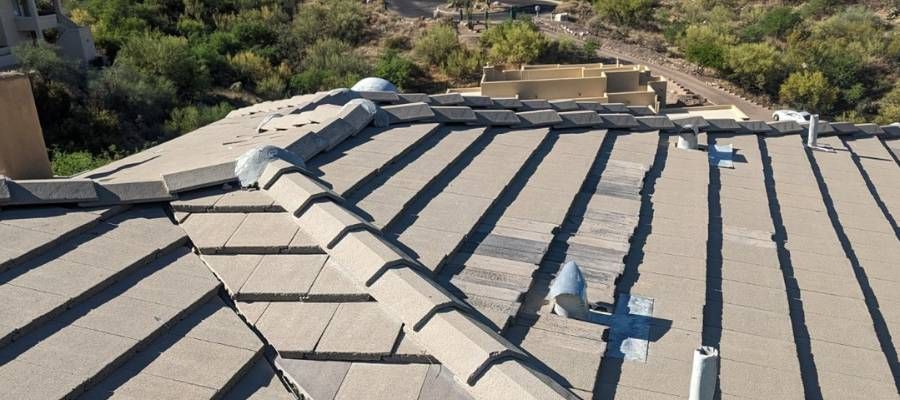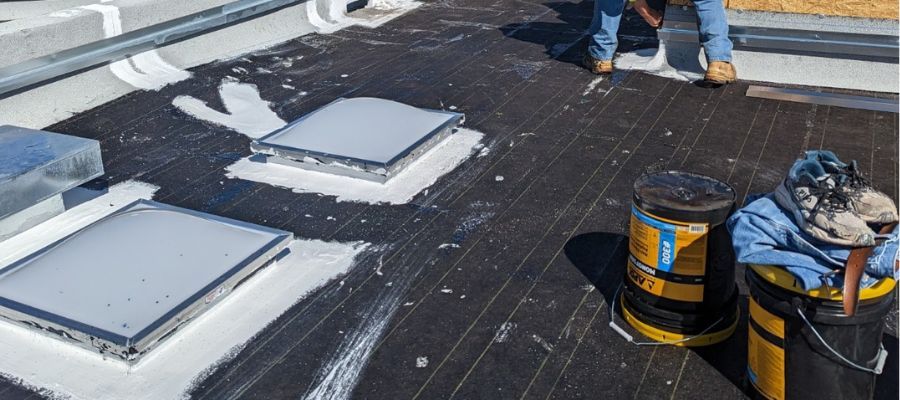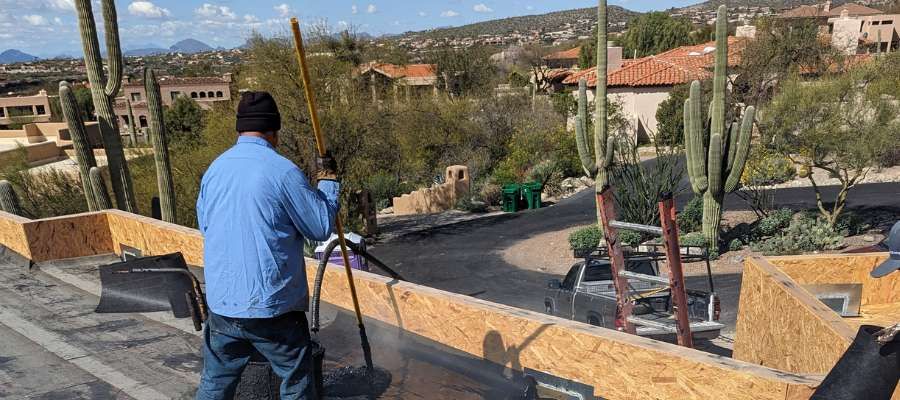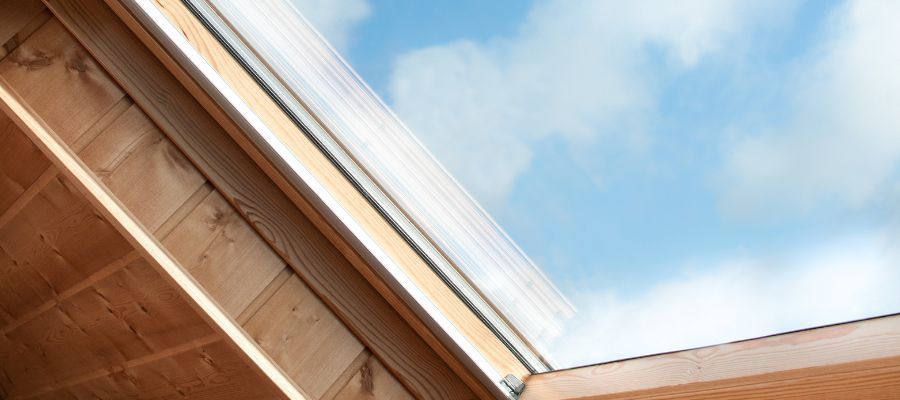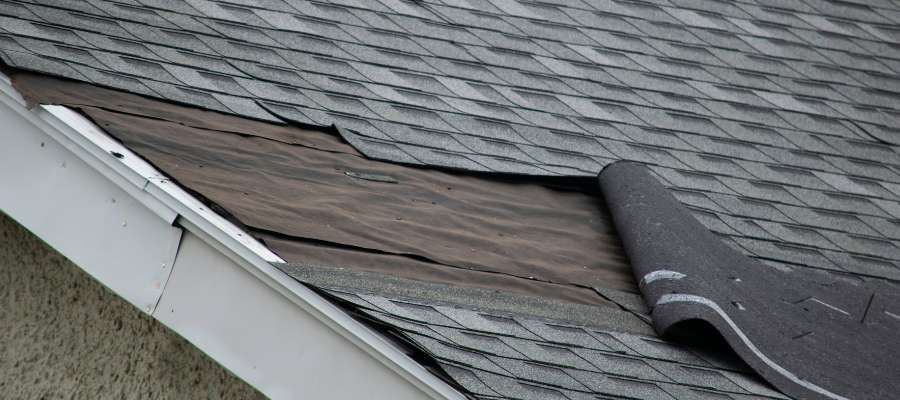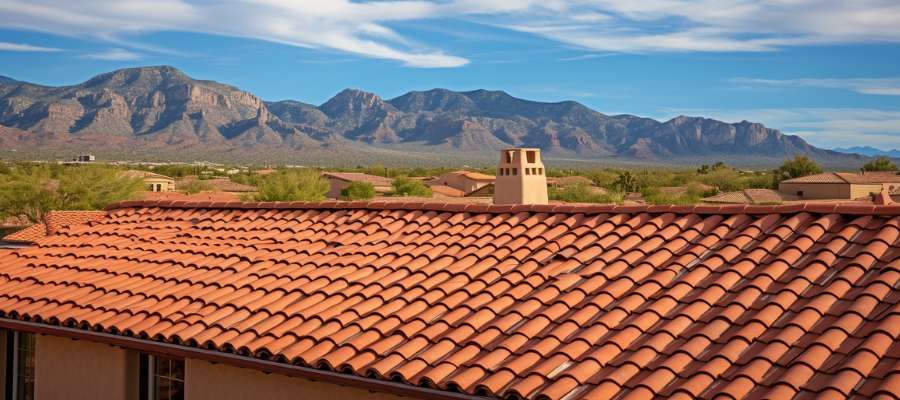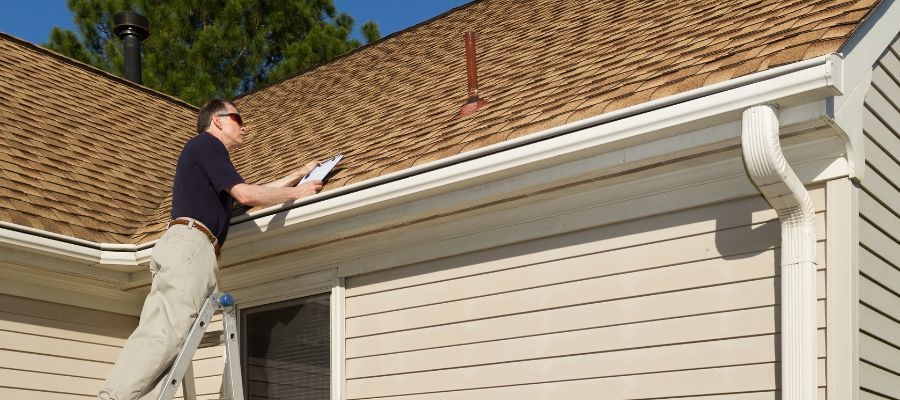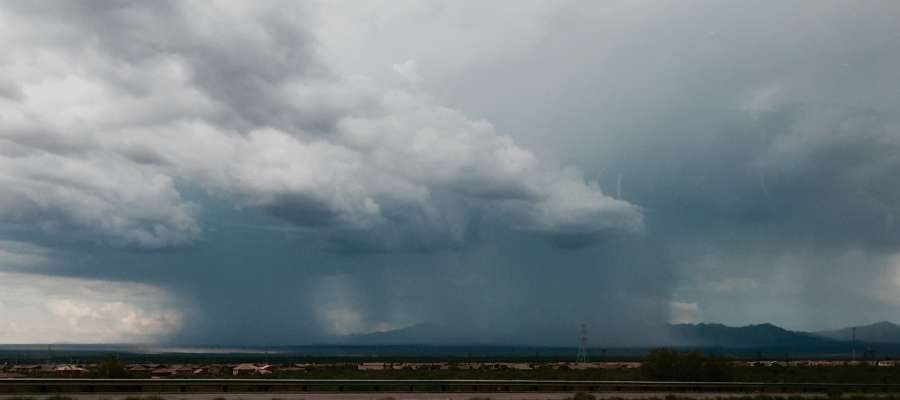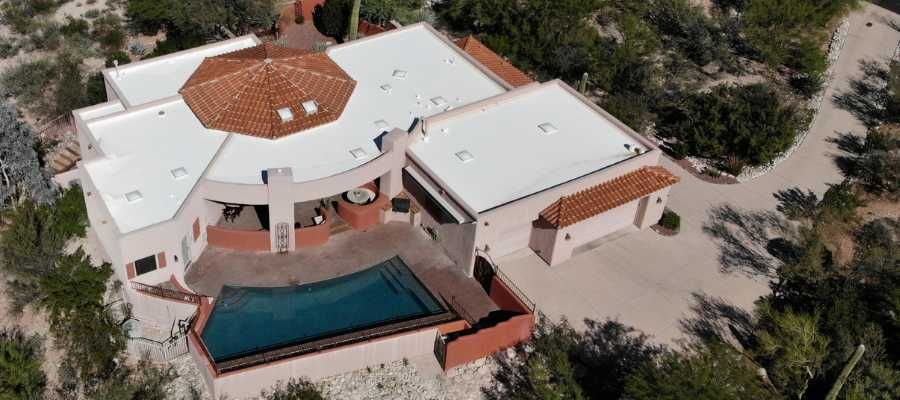The average cost of roof replacement in Tucson ranges from $7,500 to $20,000, depending on the type of roofing material, the size of your roof, and specific installation requirements, including roof pitch and accessibility.
In Tucson’s harsh climate, where intense heat and monsoon rains are common, a durable and well-maintained roof is essential for protecting your home. However, understanding the costs involved in a roof replacement is crucial for homeowners looking to make informed decisions. This blog provides a comprehensive guide to the average cost of roof replacement in Tucson, highlighting the various factors that influence these costs, such as roofing materials, labor, and the unique challenges posed by Tucson’s weather.
Whether you’re considering asphalt shingles, metal roofing, or tile, knowing the financial aspects of roof replacement will help you plan your budget effectively. We will explore the components contributing to replacement costs and share tips on selecting a reputable contractor to ensure quality service. By the end of this article, you’ll have a clear understanding of what to expect in terms of cost, enabling you to make the best choice for your home and budget.
Understanding Roof Replacement Costs in Tucson
Understanding the cost of roof replacement in Tucson requires considering several key factors that can significantly impact the final price. One of the primary considerations is the type of roofing material you choose. Asphalt shingles, known for their affordability and versatility, tend to have lower upfront costs compared to alternatives like metal or tile roofing.
• Asphalt Shingles: These are the most common roofing materials due to their cost-effectiveness and ease of installation. The average cost of installing asphalt shingles in Tucson ranges from $7,500 to $12,000, depending on the size of the roof and the quality of the shingles.
• Metal Roofing: Known for its durability and energy efficiency, metal roofing is becoming increasingly popular in Tucson. The average cost for a metal roof installation can range from $12,000 to $18,000. Although the initial cost is higher, metal roofs often have a longer lifespan and can help reduce energy bills, making them a smart investment in the long run.
• Tile Roofing: Tile roofs are highly durable and aesthetically pleasing, especially in Tucson’s Southwestern architecture. However, they come with a higher price tag, ranging from $15,000 to $20,000 or more. The cost can vary depending on the type of tile (clay, concrete, or slate) and the complexity of the installation.
Several other factors can influence roof replacement costs, including the pitch of the roof, accessibility for workers, and whether the existing roof needs to be removed. Homes with steep or complex roof designs typically incur higher labor costs due to the increased difficulty of the installation.
Average Costs for Roof Replacement in Tucson
The average cost of roof replacement in Tucson typically ranges from $7,500 to $20,000, with prices varying based on several key factors such as roofing material, roof size, and the complexity of the installation. Here’s a breakdown of average costs based on material type:
• Asphalt Shingles: $7,500 to $12,000
• Metal Roofing: $12,000 to $18,000
• Tile Roofing: $15,000 to $20,000+
Labor costs also play a significant role in the overall expense of roof replacement. Professional installation ensures the roof is correctly set up for optimal performance and longevity, which can prevent costly repairs or inefficiencies in the future. On average, labor can account for 40% to 60% of the total replacement cost. By understanding these cost components, homeowners can better plan their budgets and make informed decisions when selecting a roofing system that meets their needs and fits within their financial budget.
Potential Additional Costs During Roof Replacement
When planning for roof replacement in Tucson, it’s important to consider potential additional costs that may arise beyond the initial estimate. These additional expenses can significantly impact your overall budget and should be accounted for in advance. While some of these costs are optional, others may be necessary to ensure your new roof functions optimally and efficiently.
• Roof Decking Repair or Replacement: If the roof decking (the layer beneath your shingles or tiles) is damaged, it will need to be repaired or replaced, which can add to the overall cost.
• Underlayment Upgrade: While basic underlayment is typically included, you might opt for a premium, water-resistant underlayment, especially in areas prone to heavy rains, which will increase costs.
• Ventilation Systems: Proper roof ventilation is crucial in Tucson’s hot climate. Upgrading or adding ventilation systems, such as ridge vents or attic fans, can improve your roof’s longevity but will also increase the installation costs.
• Insulation: If your attic insulation is old or insufficient, replacing or upgrading it during roof replacement can improve your home’s energy efficiency. This is an additional cost but can save you money on heating and cooling bills in the long term.
• Permits and Inspections: Depending on local regulations, you may need permits and inspections for the roof replacement, which can incur additional fees.
Being aware of these potential additional costs can help you plan and budget more effectively for your roof replacement, ensuring that your new roof is set up to deliver reliable, efficient protection for years to come. By addressing these potential needs upfront, you can avoid unexpected expenses and make informed decisions that enhance your home’s comfort and value.
Tips for Choosing the Right Roof Replacement Service in Tucson
Choosing the right roof replacement service in Tucson is crucial to ensuring a seamless and efficient installation process. Start by researching local roofing contractors and compiling a list of potential candidates. Look for companies with a solid reputation and positive customer reviews, as these can provide valuable insight into the quality of their work and customer service.
It’s also essential to verify that the contractors are licensed and insured, as this protects you and your property in the event of any issues during installation. A reputable contractor will offer a detailed, written estimate that includes all potential costs, ensuring transparency and helping you avoid unexpected expenses.
When evaluating roof replacement services, consider their experience and expertise with the specific type of roofing material you’re interested in. Different materials, such as asphalt shingles, metal roofing, or tile, may require specialized knowledge or skills. It’s beneficial to ask contractors about their experience with similar installations and request references from previous clients. Additionally, inquire about warranties and after-sales support to ensure you receive the best long-term service and maintenance.
A trustworthy contractor will provide clear communication, answer your questions, and guide you through the entire replacement process, making it a smooth and stress-free experience. By taking these steps, you can select a roof replacement service that meets your needs and budget while ensuring your new roof operates efficiently and reliably.
Professional Roof Replacement Near You
In conclusion, investing in a roof replacement is essential for maintaining the safety and value of your home in Tucson’s challenging climate. Understanding the various factors that influence the cost of roof replacement, from the type of roofing material and labor costs to additional expenses like ventilation and insulation, will empower you to make informed decisions that align with your budget and roofing needs.
By carefully selecting a reputable roof replacement service and considering potential extra costs, you can ensure a smooth installation process and long-term satisfaction with your new roof. Armed with the knowledge provided in this guide, you are now better prepared to navigate the complexities of roof replacement and enjoy a safe, energy-efficient home for years to come.
When it comes to roof replacement services in Tucson, Repair First Roofing stands out as a trusted leader in the industry. Our team of certified and highly skilled technicians is dedicated to providing top-notch service, ensuring each replacement is performed with precision and care. Repair First Roofing offers a wide range of roofing solutions tailored to fit the unique needs of your home, whether you’re looking for asphalt shingles, metal roofing, or tile.
With a commitment to customer satisfaction, we provide detailed consultations, transparent pricing, and ongoing support, making us the go-to choice for reliable and efficient roof replacement in the Tucson area. Choose Repair First Roofing for unparalleled expertise and a safer, more comfortable home.
Frequently Asked Questions About Roof Replacement
How long does the roof replacement process typically take?
The roof replacement process usually takes between three to seven days, depending on the size and complexity of the project, as well as the weather conditions. The initial consultation and assessment might take a few hours, during which the contractor evaluates your roof’s condition and discusses your material options. Once the replacement begins, the contractor will remove the old roof, repair any damaged decking, and install the new roofing material, followed by thorough inspection and cleanup.
What maintenance is required after installing a new roof?
After installing a new roof, regular maintenance is essential to ensure it operates efficiently and lasts as long as possible. This includes regular inspections, especially after extreme weather events, keeping gutters clean, and addressing minor repairs promptly. Maintaining proper attic ventilation and insulation will also help prolong the life of your new roof.
What factors affect the cost of roof replacement in Tucson?
Several factors can influence the cost of roof replacement in Tucson, including the type of roofing material (asphalt shingles, metal, tile), the size and pitch of the roof, and the complexity of the installation. Additional considerations include whether you need to repair or replace the roof decking, upgrade the ventilation system, or add insulation. Local permit fees and the contractor’s labor costs can also impact the final price.
Do I need to replace my roof if it’s leaking?
Not necessarily. If the leak is minor and confined to a specific area, a repair may be sufficient. However, if the roof is old or the damage is extensive, replacing the roof might be a more cost-effective and long-term solution. A professional inspection will help determine the best course of action.
Can I stay in my home during roof replacement?
Yes, you can typically stay in your home during a roof replacement. However, it may be noisy and disruptive, especially during the day when the crew is working. If you have young children, pets, or sensitive household members, you might consider making arrangements to stay elsewhere temporarily during the most disruptive phases of the project.
Proper planning and selecting the right contractor can make your roof replacement a smooth and successful experience, providing your home with the protection it needs in Tucson’s extreme weather conditions.
Call Repair First Roofing for A Free Roof Replacement Quote Today!
Thinking about a roof replacement? Don’t leave it to chance. Contact Repair First Roofing today for your Free Roof Inspection. With our expertise, you’re ensured top-tier service tailored to your home’s specific needs.

